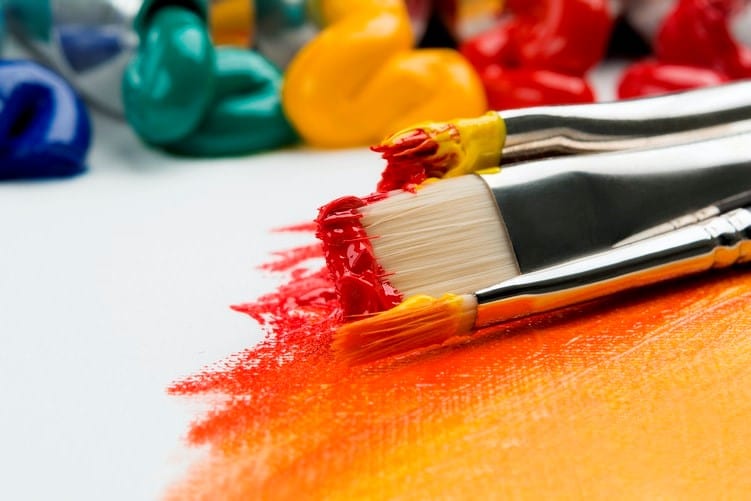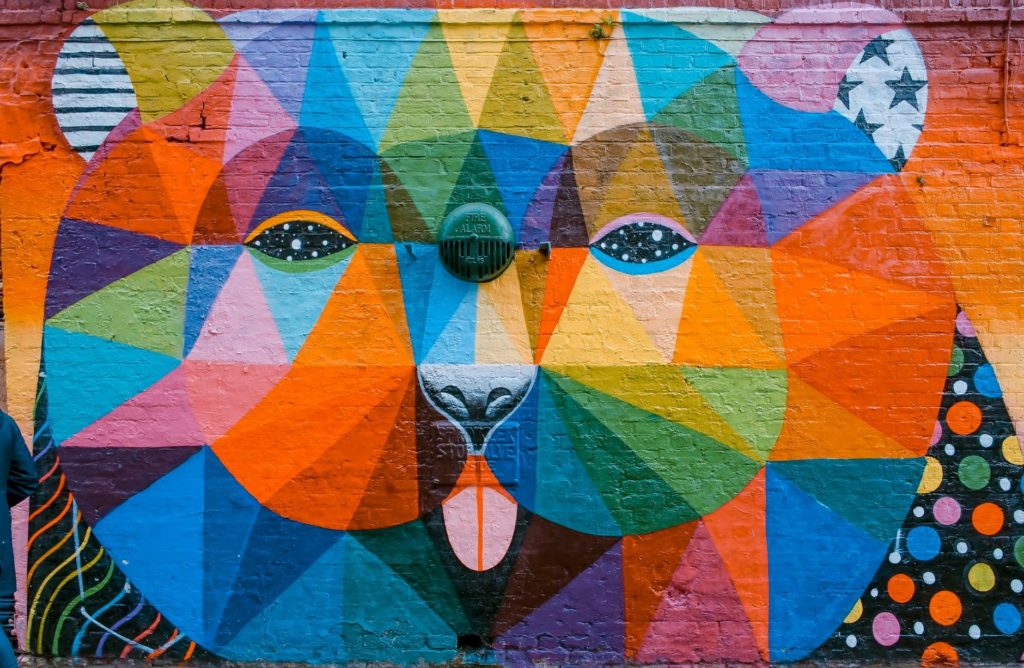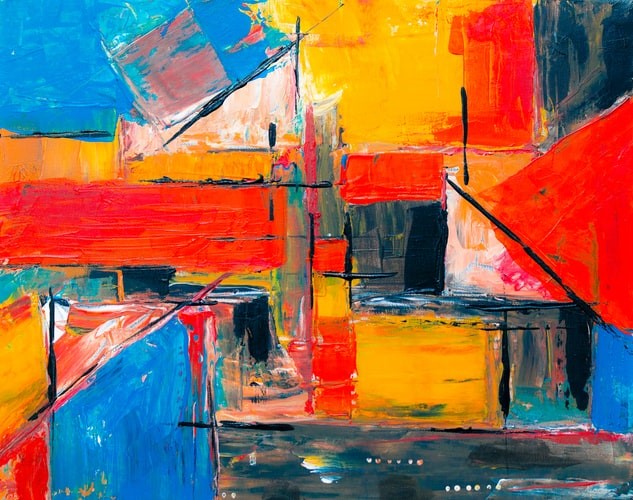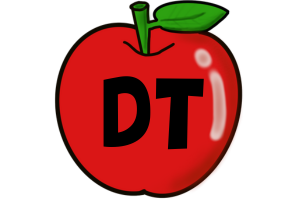Art adds color and meaning to the world. What makes it truly special is that art holds a different meaning for each individual. Observing a work of art is an experience in itself, one that will enrich your life in so many ways. Since every individual views a piece of art through their own lens, it is encouraged to have discussions. What this does is that it helps you grow as you learn from others and look at a particular work of art from their perspective, which could be so different from yours.

There are countless topics pertaining to art that you can have discussions on. From personal questions to ESL questions, questions on modern art and questions to be asked while analyzing a particular painting, the list is endless. These questions will open up your mind and lead to great intellectual discussions. Here are some questions that you can ask when you are having a discussion based on art.
Art ESL Questions

- Do you like to paint?
- Would you consider yourself a good artist?
- What is the longest duration that you have spent on a painting?
- Do you draw well?
- Is art class at school one of your favorite classes?
- Does modern art appeal to you?
- Would you rather use watercolors or oil paint?
- Do you often visit art museums?
- Which art museums have you been to?
- Which ones were your favorite and why?
- Which ones did you enjoy the least and why?
- When was your last visit to one and which one was it?
- In your opinion, are nude paintings considered art?
- Do you consider music and dancing to be forms of art?
- Which art form is your personal favorite?
- Who is your favorite painter?
- Which well-known painters do you know? What are they famous for?
- Who are some famous artists in your country?
- Does modern art appeal to you?
- Do you think photography is a form of art?
- Do you enjoy photography?
- What in particular do you like to photograph?
- Do you think art is important? If so, why?
- What would life be like without art?
- Have you ever taken part in an art show or competition? If yes, how was your experience?
- Do you have a favorite painting? If yes, which one and why?
- Do you sketch? If yes, how often?
- In your opinion, why do people become artists in the first place?
- Do you think graffiti should be considered art?
- How do you feel after finishing a work of art?
- Do you go to art exhibitions? How often?
- Are there any art galleries where you live?
- When would you say your interest in art began?
- What would you say inspires or influences your artwork?
- What is your opinion on performance art? Do you think it should be considered art?
- Have you ever seen performance art?
- Does art imitate life?
- What’s your take on surrealism?
- Do you think movies are an art form?
- What is your preferred medium?
For more Art ESL Questions, be sure to check out this site too.
Modern Art Discussion Questions

- What is the importance of art in the world?
- What role does it play in society?
- Has the function of art changed over time? If yes, how?
- Are artists given the due importance that they should be given?
- Does art get the value it deserves?
- In your opinion, what makes something a work of art?
- How was the concept of art different in the past as compared to the modern-day and age?
- Do you think the boundaries of what defines art are too lenient and hence taken advantage of?
- How has the role of the artist changed over the years? Do you think it is a more valued profession today as compared to the past?
- How would you describe ‘modern art’?
- What do you think should be the deciding factor in whether something is a work of art?
- Who gets to decide whether something is considered art or not?
- Do you think the tools/materials of artists have changed over time?
- How would you define modern art?
- What would you say are the main features/characteristics of modern art?
- How is modern art different from other forms of art?
- What are some characteristics that an artist must-have in your opinion?
- Do you think inspiration is key in creating a work of art?
- Where do you think artists derive inspiration?
- Do you think art should be confined to museums and galleries?
- What are some popular themes, subjects and issues that artists express in their work today?
- Do you think beauty is a defining factor for an artwork? How has that concept changed over the years?
- Do you think every artwork symbolizes something?
- What is your take on art critics?
- How would you differentiate visual art from other forms of art such as design, photography, advertising etc.?
- What are some of your favorite contemporary artworks and why?
- Who are some of your favorite contemporary artists and what makes them your favorite?
- Who are some of your least favorite contemporary artists and why?
- Do you think the concept of modern art varies between cultures and traditions?
- Do you think there should be boundaries when it comes to creating art?
- Who gets to decide those boundaries?
- When do you think the concept of modern art started to emerge?
- Do you prefer modern art to other forms of art?
Questions To Ask When Analyzing a Painting

- What do you see when you look at this painting?
- What was your first reaction to it? Why do you think you had that reaction?
- What do you think this painting is trying to portray?
- What do you think the artist had in mind while painting this?
- Do you think this painting is a representation of the artist’s feelings/emotions?
- What are the dominant colors in this painting?
- What are the secondary colors?
- Are there any dominant shapes in this work of art?
- Is there any contrast in this piece of art?
- Would you say that there’s a certain depth in this artwork?
- How has the artist used space in this artwork?
- What materials were used in this work of art?
- What techniques would you say were used?
- Is there a particular style in this painting? (impressionism, cubism, realism etc.)
- How does your eye move through the artwork?
- Is there a subject in this painting? If yes, what/who?
- In your opinion, why did the artist include these elements?
- What are the main areas of focus in this piece of art?
- What are the key features?
- What questions do you have for the artist regarding this painting?
- What message do you think the artist is trying to communicate through this painting?
- What elements strongly stand out to you in this painting?
- What do you feel about the artist’s choice of color in the artwork?
- How do the various elements in the painting connect with each other?
- How do these elements contribute to a painting’s main theme or message?
- What does this painting tell you about the artist?
- Does this painting/work of art remind you of anything or anyone? If yes, why?
- Does this artwork depict its culture/ethnicity? How?
- What sounds do you think could be associated with this piece of art?
- What mood resonates best with this painting?
- What words would you choose to describe this piece of art?
- Does this painting make you feel a certain way? How and Why?
- If you had to give this artwork a title, what title would you give it and why?
- Does the existing title seem to fit with the artwork? If not, why do you think so?
- What would you take away from this painting?
- If you were to shut your eyes, what would you remember from it?
- Do you think something is missing from this piece of art? If yes, what?
- What do you imagine was a scene prior to this artwork?
- Do you think this painting symbolizes anything? If yes, what?
- Is this a painting you would like to see again?
- Who would you like to show this painting to, and why?
- Do you think other people look at this artwork the same way you do?
- What other perspectives do you think people look at this painting from?
Final Thoughts
Art is not merely about aesthetics or visual appeal; it is a powerful tool for fostering creativity, critical thinking, and personal growth. Engaging students in discussions about art plays a vital role in their overall development, offering a range of benefits that extend beyond the realm of art appreciation. Through thoughtful discourse and analysis, students can cultivate important skills and gain a deeper understanding of themselves and the world around them.
- Enhancing Critical Thinking Skills: Discussing art encourages students to think critically and express their thoughts and opinions. They learn to analyze and interpret visual cues, symbolism, and artistic techniques, honing their observation skills and sharpening their ability to discern underlying meanings. Engaging in open-ended discussions promotes intellectual curiosity and encourages students to question assumptions and challenge conventional perspectives.
- Encouraging Self-Expression: Art serves as a conduit for self-expression, allowing students to communicate their thoughts, emotions, and experiences non-verbally. Engaging in art discussions provides a safe space for students to articulate their interpretations and feelings, fostering self-confidence and self-awareness. By valuing diverse perspectives, students learn to appreciate the uniqueness of their own voices and develop empathy towards others.
- Nurturing Creativity and Imagination: Art sparks the flame of creativity and nurtures imagination. Discussing artworks ignites students’ imagination as they explore the possibilities and narratives behind the art. By engaging in imaginative discussions, students learn to generate ideas, explore new perspectives, and break free from rigid thinking patterns. This fosters innovation and encourages them to approach challenges with an open mind.
- Developing Visual Literacy: Art discussions cultivate visual literacy, enabling students to effectively interpret and communicate using visual elements. By analyzing compositions, colors, lines, and forms, students become adept at deciphering visual information, which is invaluable in an increasingly image-driven world. Visual literacy empowers students to make informed judgments, navigate media, and convey ideas effectively across various disciplines.
- Cultivating Cultural Awareness: Art serves as a mirror of society, reflecting its cultural, historical, and social contexts. Engaging in art discussions exposes students to diverse artistic traditions, narratives, and perspectives. By studying artworks from different cultures and time periods, students develop a deeper understanding and appreciation for the richness and complexity of human experiences. This cultivates cultural sensitivity, and empathy, and promotes inclusivity.


